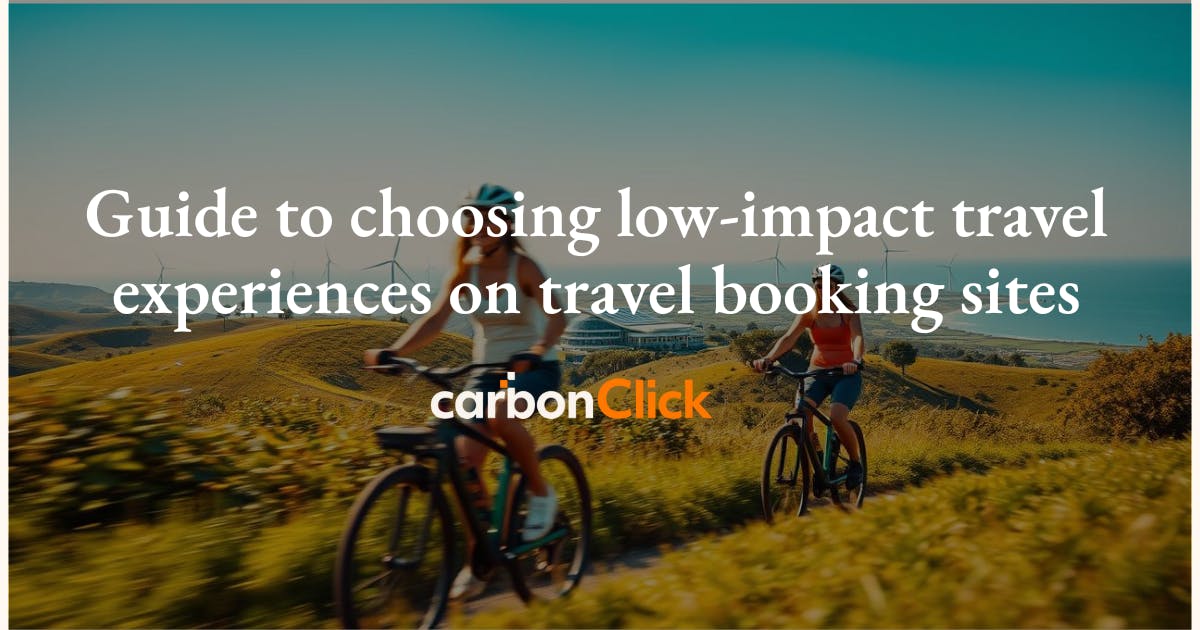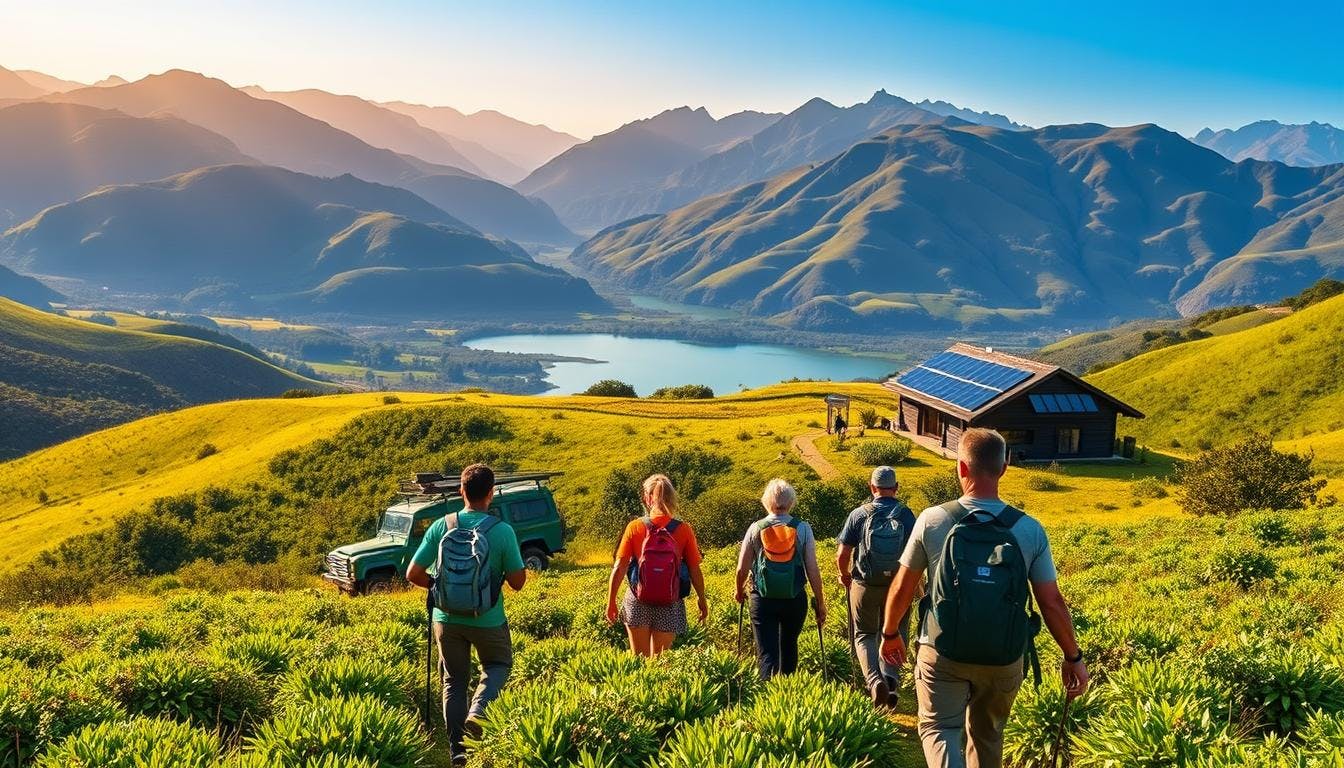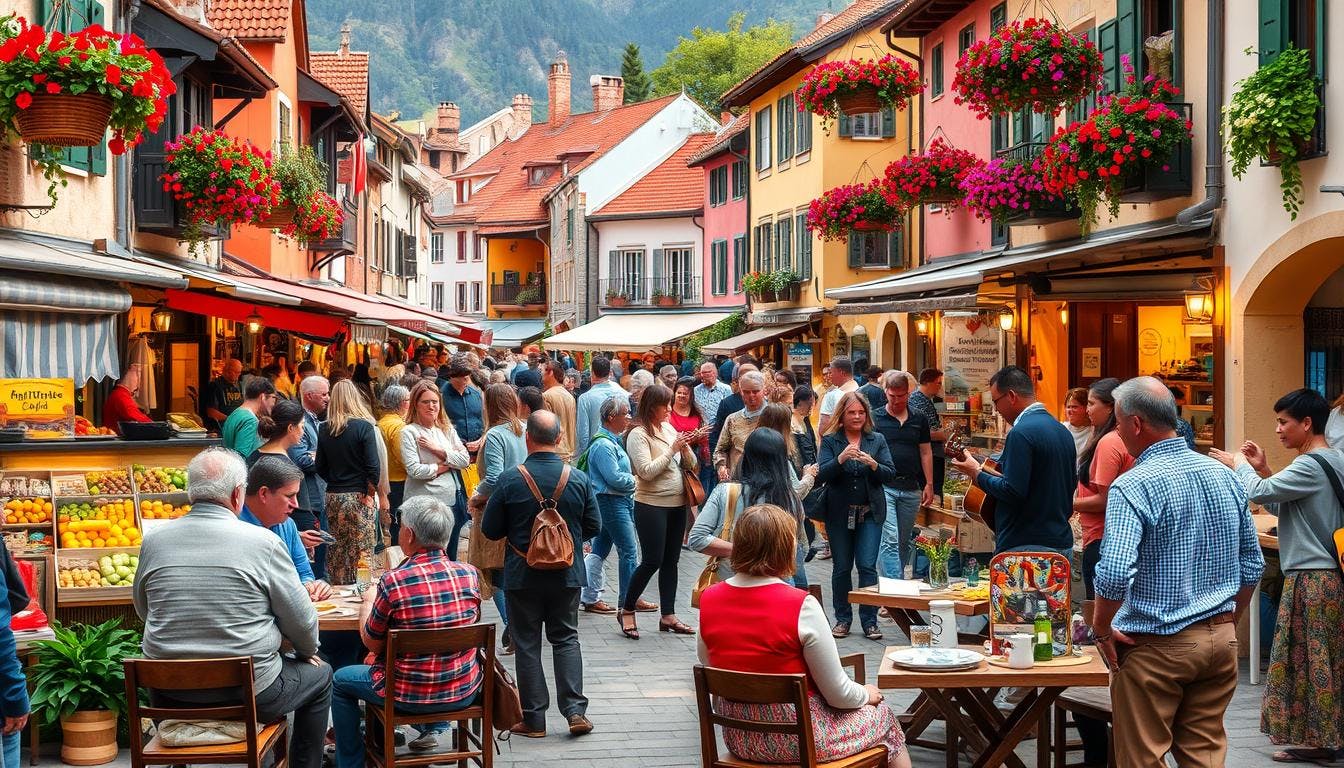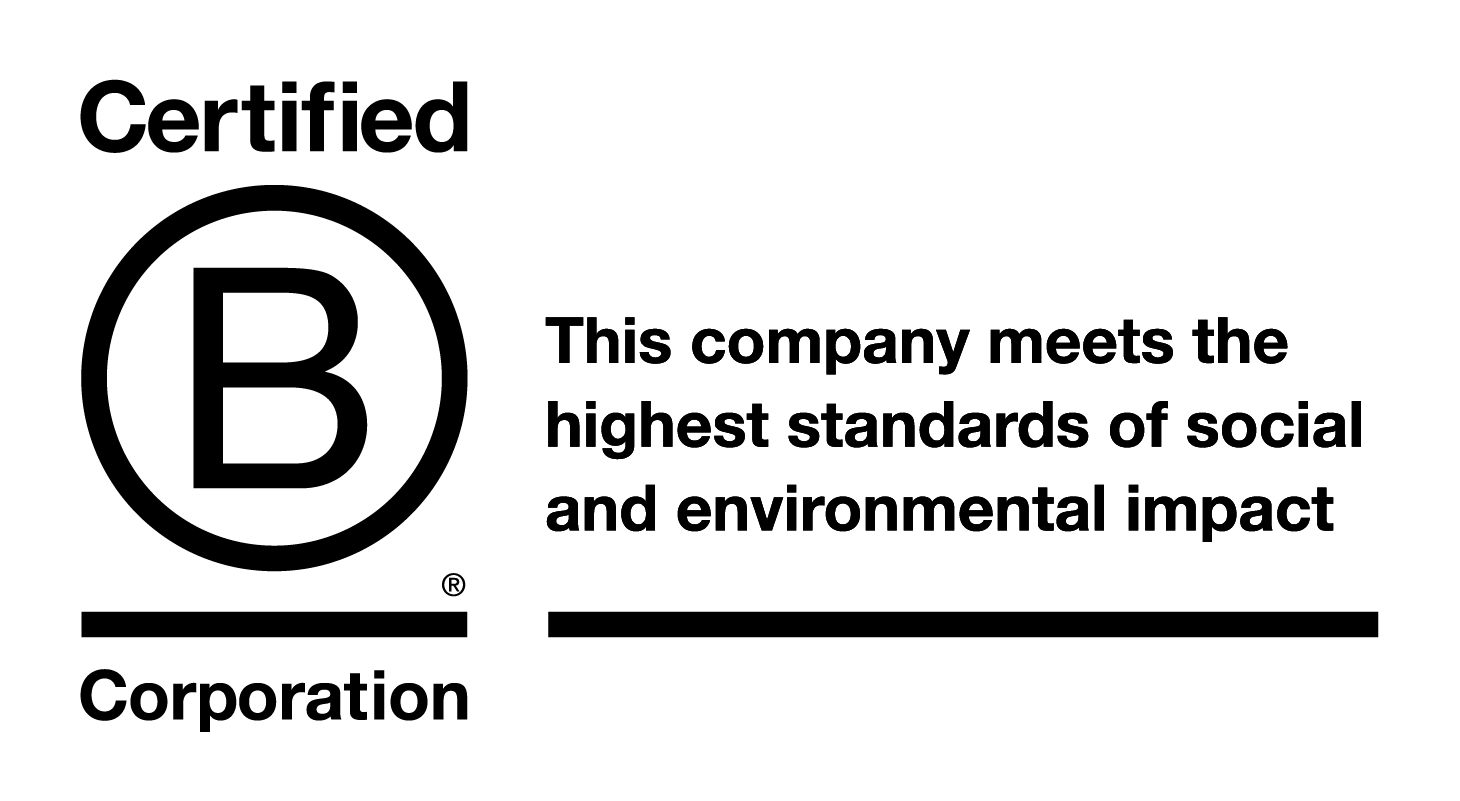Sign up. Be inspired. Get clicking.
Guide to choosing low-impact travel experiences on travel booking sites
According to Sustainability Science, tourism worldwide accounts for 8% of greenhouse gas emissions. For our planet, this is a serious issue. We need to take immediate action because 2024 is predicted to be the first year with temperatures above 1.5°C. A growing number of people are considering their carbon footprint. According to a Booking.com survey, 71% of respondents prefer low-impact options. This demonstrates that we must plan our travels wisely.
In order to lessen environmental damage, hotels and other lodging facilities are essential. We can identify locations that are environmentally conscious and help local communities by using filters and certifications on booking websites. This facilitates the selection of sustainable options.

Why low-impact travel matters
The atmospheric concentration of CO2 has reached a critical level. They are at their highest level in over 800,000 years, at over 400 parts per million (ppm). We are headed for a 1.5°C warming by 2024 as a result of this increase in emissions. There are many problems facing the environment. More than a million species are in danger of going extinct due to habitat loss and rising temperatures. Life-sustaining rainforests are rapidly disappearing. Native species are also disappearing in the UK.
Travelers are beginning to adapt. According to a survey, 23% are reducing their carbon footprint by traveling to nearby locations. This indicates that more people are conscious of how travel affects the environment. We are at a turning point. Addressing these problems can be aided by sustainable measures. We can reduce emissions and contribute to ecosystem preservation by making educated decisions.

Understanding low-impact travel
Traveling sustainably is crucial for the future of our world. It benefits local communities and the environment by addressing economic and environmental demands. According to National Geographic, this strategy is essential for the wellbeing of our planet.
However, not every sustainability claim is accurate. Greenwashing, the practice of businesses making exaggerated claims about their environmental friendliness, is becoming more and more common. Visitors must be able to distinguish between genuine sustainability and fraudulent claims. Cities such as Copenhagen are setting the standard for circular economy models. They set a high bar for sustainable tourism by emphasizing resource reuse and waste reduction. Such initiatives demonstrate the industry's need for structural change.
Nature-conscious lodging is becoming more and more popular. According to Hospitality Net, 40% of tourists prefer them. These locations support local economies, cut down on water waste, and use renewable energy. The effects of travel extend beyond carbon emissions. It covers waste, water use, and social impacts. By emphasizing community benefits, websites such as Fairbnb.coop make sure that tourism-related income helps fund regional initiatives and citizens.

How to choose sustainable travel experiences on travel booking sites
Eco-certified options are now available to travelers on well-known booking websites. These tools lessen the impact on the environment and make it simpler to identify sustainable stays. In order to ensure transparency in sustainability claims, websites such as Booking.com and TripAdvisor provide filters for low-impact hotels. The "off-grid" category on Airbnb showcases homes that run without the assistance of public utilities. Accommodations with confirmed environmentally conscious practices are the focus of Sawdays' "Sustainable Stars" program. Both options offer travelers dependable choices for stays with minimal impact.
Sustainability claims are verified with the aid of certification programs such as EarthCheck, LEED, and Green Key. Every program has different requirements, ranging from waste management to energy efficiency. Travelers can choose genuinely sustainable options by comparing these certifications. The "lower CO2e" flight filter on Skyscanner lets users compare emissions from different airlines. Travelers can use this feature to make more informed choices regarding their carbon footprint. In a similar vein, lodgings with confirmed sustainable practices are highlighted by Google Travel's eco-badges.
Be wary of unsubstantiated "low-impact" claims. To guarantee authenticity, always look for third-party certifications. You can feel secure knowing that the hotels and travel websites you have selected are sustainable thanks to these validations.
Reducing your carbon footprint while traveling
Transportation choices significantly impact your carbon footprint during trips. Flights alone produce over 1 billion metric tons of CO2 annually, according to Statista. This makes air travel a major contributor to global emissions. Trains are a far more sustainable option. They emit 6 to 10 times less CO2 than planes, as reported by National Geographic. For example, a train journey from London to Paris generates only 4kg of CO2, compared to 110kg for the same trip by plane. Electric rail networks, such as the Swiss Travel Pass and Eurostar, offer efficient and low-emission travel options. These systems are designed to minimize environmental impact while providing reliable service.
Tools like Skyscanner and Opodo allow travelers to compare emissions across different transport options. These platforms help users make informed decisions about their carbon footprint. Carbon budgeting is another effective strategy. One long-haul flight can equal the emissions of driving a car for an entire year. By planning trips carefully, travelers can significantly reduce their environmental impact.


Selecting low-impact accommodations
The environment can be significantly impacted by a single hotel stay. A single stay in the UK can generate 31.1 kg of CO2. Waste, water use, and energy use are to blame.
Use websites such as i-escape to locate low-impact lodging. Their eco-rating system ranges from 1 to 5. This rating looks at waste, water, and energy. Higher-rated hotels are actually more environmentally supportive. Hotels use a wide range of energy. For instance, My Eco Escape uses a lot less energy than Marriott Marquis. You can lessen your carbon footprint by selecting hotels with lower energy consumption.
Reusing towels is one small action that can save a significant amount of water. This is something that many eco-certified hotels encourage their guests to do. It's an easy way to contribute to resource conservation. Leading the way are hotels that have their own renewable energy sources, such as Heckfield Place's solar array. The non-renewable energy usage of these hotels is lower. Promoting sustainable tourism is aided by patronizing these hotels.

Supporting local communities
Supporting local communities is one way that tourists can have a significant impact. According to a survey, 90% of respondents prefer sustainable options. In order to keep money in the community, websites such as Fairbnb.coop donate half of their fees to locals.
Compared to all-inclusive resorts, homestays retain more local revenue. Families are guaranteed to get the most out of their stay thanks to HomeStay.com. This boosts regional economies. Local spending makes a significant difference. The economic benefits of every dollar spent locally can amount to $2.50. It promotes small businesses and helps create jobs.
Seek out operators with transparent procedures to identify authentic community tours. Steer clear of tours that prioritize profit over people. A Ripple Score is used by businesses such as Intrepid Travel to gauge their local impact.
- Homestays are preferable to all-inclusive resorts.
- Support websites that charge residents.
- Use clear impact metrics to validate operators.
Low-impact transportation options
Choosing sustainable transport is key to reducing carbon emissions. Different modes of transport have different impacts. Buses, for example, are much better than planes. Trains are also a great choice. They produce much less CO2 than cars. Zurich’s electric public transit is a great example of sustainable transport.
Biking is the best option for short distances. Copenhagen’s bike lanes encourage biking. Walkable cities also reduce the need for cars. Ride-sharing platforms like BlaBlaCar reduce emissions by filling vehicles. Electric vehicle rental programs by Hertz and Sixt offer low-impact alternatives for road trips.
Low-impact travel tips
Traveling sustainably is easier than you think. By choosing low-impact options, you can help the planet. Here are some tips to make your trips more sustainable. Using public transport is a great way to start. It cuts down on emissions and supports local economies. The Swiss Travel Pass is a good choice for eco-conscious travelers.
It gives you unlimited access to public transport and free entry to museums. This makes your trip both convenient and sustainable. By choosing low-impact options, you can reduce your carbon footprint. This helps make the planet healthier for everyone.
Planning your trip with sustainability in mind
At home, begin organizing your trip with sustainability in mind. Little adjustments can have a significant impact. Unplugging appliances reduces power consumption while you're away, saving 5–10% of household energy. An additional energy-saving device is a smart thermostat. When you're not home, set them to eco-mode or a higher temperature. Over time, this saves energy and money by reducing heating and cooling expenses.
It also helps to pack light. Compared to a 25 kg suitcase, a 15 kg suitcase consumes less fuel. When it comes to cutting emissions, every kilogram matters. To travel lighter and pack less, choose items that can be used in a variety of ways.
- To make sure you've taken all the environmentally responsible actions, download a pre-trip sustainability checklist.
- To save money and cut down on waste, choose digital tickets rather than paper ones.
- Steer clear of single-use plastics by using reusable kits such as Stojo cups, Grayl filters, and Beeswrap.
You can travel in a more environmentally supportive manner by implementing these changes. Careful planning guarantees that your vacation will support your sustainability objectives. Each tiny action adds up to a greater good.
Making the most of your low-impact travel experience
Programs for carbon offsets can cut emissions by 10%, which makes them a useful component of low-impact travel. By funding initiatives that lower greenhouse gas emissions, these programs enable tourists to balance their environmental impact. Start by using resources like Cooler or Sustainable Travel International to determine the emissions associated with your trip. You can better understand your carbon footprint with the help of these platforms, which offer precise estimates. To make sure your contribution supports verified projects, compare offset providers such as Gold Standard and Verra protocols after they have been calculated.
Another way to change things is to give feedback. Compose helpful sustainability reviews for lodging establishments to promote environmentally supportive upgrades. Emphasize topics like waste management, community support, and energy efficiency.
- Document local conservation efforts during your trip. Share these stories on social media to inspire others.
- Plan legacy projects like Pack for Purpose school supply deliveries. These initiatives leave a positive impact on the communities you visit.
By taking these steps, travelers can enhance their experience while contributing to a more sustainable future. Every action counts in reducing the environmental impact of tourism.
Your journey towards sustainable travel starts now
The future of tourism relies on sustainable practices to protect our planet. With 71% of travelers looking for low-impact options, every choice counts. Start by using filters on booking sites to find certified accommodations.
Look for trusted labels like Green Key, LEED, and EarthCheck to ensure authenticity. This way, you can support sustainable travel.
In 2025, the EU’s Corporate Sustainability Reporting Directive (CSRD) will require travel companies to disclose their environmental impact. This will increase transparency and accountability. Costa Rica’s 50% forest recovery shows the positive outcomes of sustainable efforts.
Take action now: filter for eco-certified stays, compare emissions, support local communities, reduce waste, and offset your carbon footprint. Together, we can shape a better future for the environment and the world.
17 South Street
Auckland 1010
New Zealand
info@carbonclick.com- -
- X
Subscribe now to stay up to date with CarbonClick, carbon offsetting and climate action.
By signing up you agree to our Privacy Policy.


